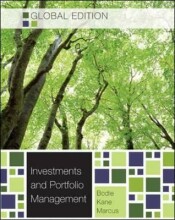Mutual funds and other investment companies - Cost of investing in mutual funds
6 important questions on Mutual funds and other investment companies - Cost of investing in mutual funds
What is an operating expense?
What is a front-end load, low-load fund and no-load fund?
What are back-end loads?
- Higher grades + faster learning
- Never study anything twice
- 100% sure, 100% understanding
What are 12b-1 charges?
What is the difference between 12b-1 fees and loads?
What are soft dollars?
The question on the page originate from the summary of the following study material:
- A unique study and practice tool
- Never study anything twice again
- Get the grades you hope for
- 100% sure, 100% understanding





























